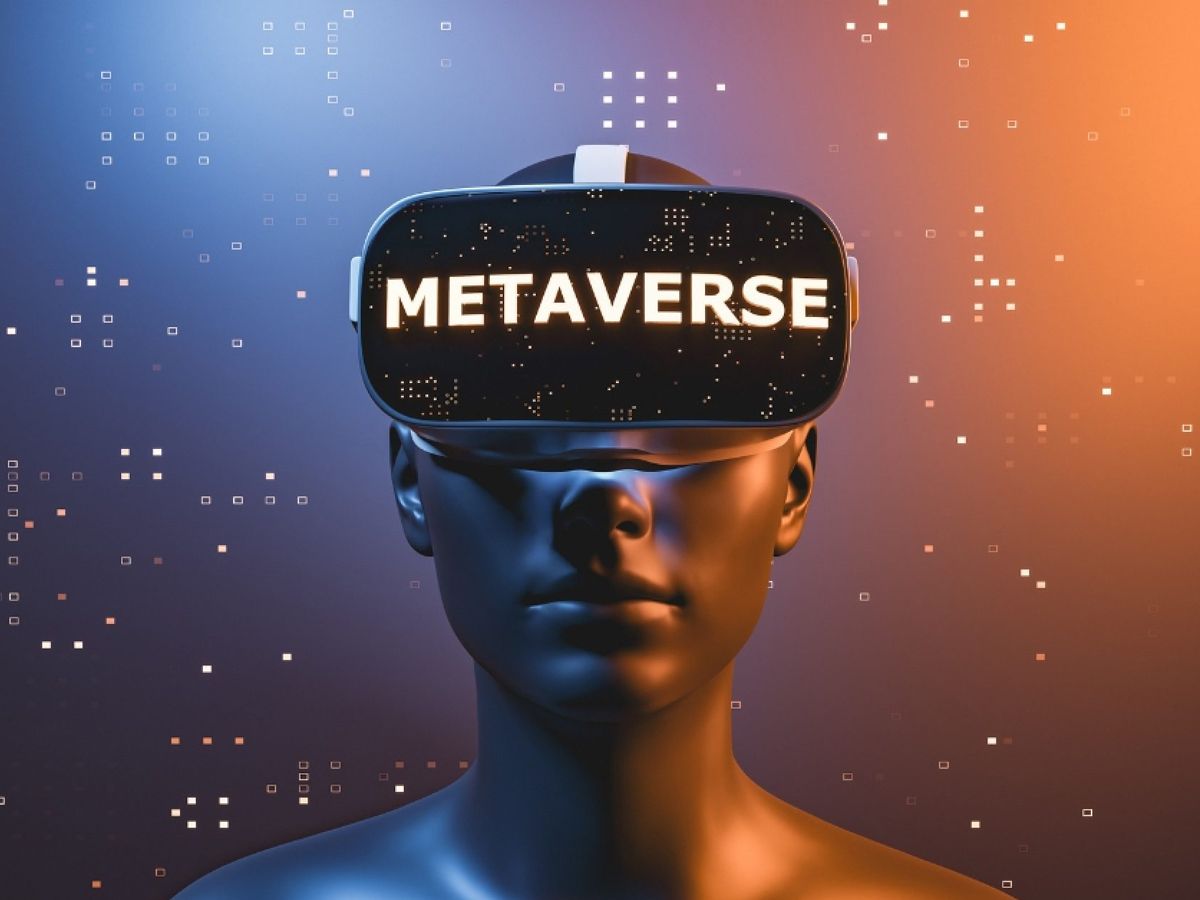 📅 Mar 25, 2023
📅 Mar 25, 2023
 📅 Mar 25, 2023
📅 Mar 25, 2023
Virtual reality has always been a great fit for gaming. Elements of the currently evolving Metaverse were introduced into early engaging 2D games like Minecraft. These previously included gaming elements were 3D avatars, world-building and observation.
Gaming has found a new abode with immersive technologies as businesses like Unity, Meta platforms and Epic Games create linked world-building platforms.
According to a recent survey, gaming would account for 59 percent of all VR spending over the next few years. 64 percent of respondents said that, in contrast to other use cases, gaming had the most potential for VR.
Here is a quick analysis of how the gaming sector of the Metaverse might develop, along with some potential traps to watch out for.
Gaming landscape in the Metaverse –
Game Platforms
The gaming experience will expand greatly in flexibility. Players can create original material, create subgames within games, expand virtual worlds, and use gaming as a platform for other activities.
Playing on social networks
The Metaverse's innate communal nature distinguishes it from solitary VR experiences. When gamers ask real-life friends to join in interactions, friendship-building, and other activities with other players, multiplayer gaming will take on a new dimension.Massive competition and socializing places for gaming are offered by platforms like Fortnite, Roblox, Decentraland, and The Sandbox in the Metaverse.
Play-to-Earn (P2E)
This will be a key component in Metaverse gaming. Players can take part in activities to create money streams in addition to adhering to rules and linear storytelling. For instance, they may trade cryptocurrency for digital goods that users had won from popular games.
Mobile gaming equipment
Asset portability might be made easier by Metaverse interoperability. NFT regulations would apply to persistent ownership and weapons, outfits, or improvements from one game might be transferred to another.
Encounters with Mixed Reality
For a more natural experience, the Metaverse uses VR, AR, and MR. Gaming in the Metaverse might use mixed reality, allowing players to effortlessly transition from an MR board game to a full-fledged VR world and back again. Players can take part in activities to create money streams while adhering to regulations and linear storytelling.
Gaming challenges in the Metaverse –
VR and video games are required to address moral and legal concerns, and the Metaverse is no different. There are three main issues to address:
Child-friendly Services and Measures
Due to avatar anonymity, it can be difficult to monitor children's activity and tell them apart from adults. Games must have enough controls to guarantee experiences that are age-appropriate.
Rights of NFT Ownership
NFTs won inside of a game may not be transferable to other games because laws governing the right to own in-game assets are still not clear. For users to manage, trade, and profit from NFTs, platforms must clearly define the scope of ownership rights.
Inadequate infrastructure
For gaming Metaverses, designers are presently attempting to establish scale interoperability. It will be necessary for major tech companies and patent holders to collaborate, for various nations to develop a set of Metaverse standards, and for hardware solutions to advance to keep up with changing software. Although there is a long way to go before the true potential of the Metaverse is realized, the tech sector is hard at work.
The Future
The video game industry consists of the production, marketing, and financial viability of video games. Through hundreds of vocational specializations, the industry provides thousands of jobs worldwide.
The market for video games is expected to reachUSD 365.6 billion in 2023.Up from an estimated USD 195.65 billion in 2021.
Venture capital firms, tech titans, and other revenue sources have all made significant investments in the Metaverse. Serious gaming technologies, or technologies from the gaming industry destined to create the framework for the Metaverse, have seen a meteoric rise in recent years.
Some of the major players in gaming in the Metaverse include businesses like Decentraland, Sandbox, Epic Games, Meta Platforms, and Improbable.
The video game industry has historically exhibited exponential growth, and the IGDA expects this pattern to continue. As gaming continues to fuel innovation, more jobs in virtual reality and 3D are now becoming available.
Become a professional –
Step into the exciting world of game development with VRAcademi’s 3D game development and Virtual Reality course.
Course synopsis –
In this course the students will bring their virtual universe to life in 3D and they will understand the principles of game development and Virtual Reality. Learn the key skills in digital art, 3D visualisation and interactive game development using Autodesk Tinkercad, Mozilla Mixed reality, and Unity.
The students along with their parents will learn to mint their digital creations and virtual Metaverse into NFTs and monetise their assets.
Few of the courses that we offer are –
Creative design, Digital art, and Virtual Reality (Age 9-13, 13+)
Immersive Filmmaking and Virtual Reality (Age 9-13, 13+)
3D Game Development and Virtual Reality. (Age 9-13, 13+)
Visit https://vracademi.com/ to learn about the attributes of this course in complete detail.
























